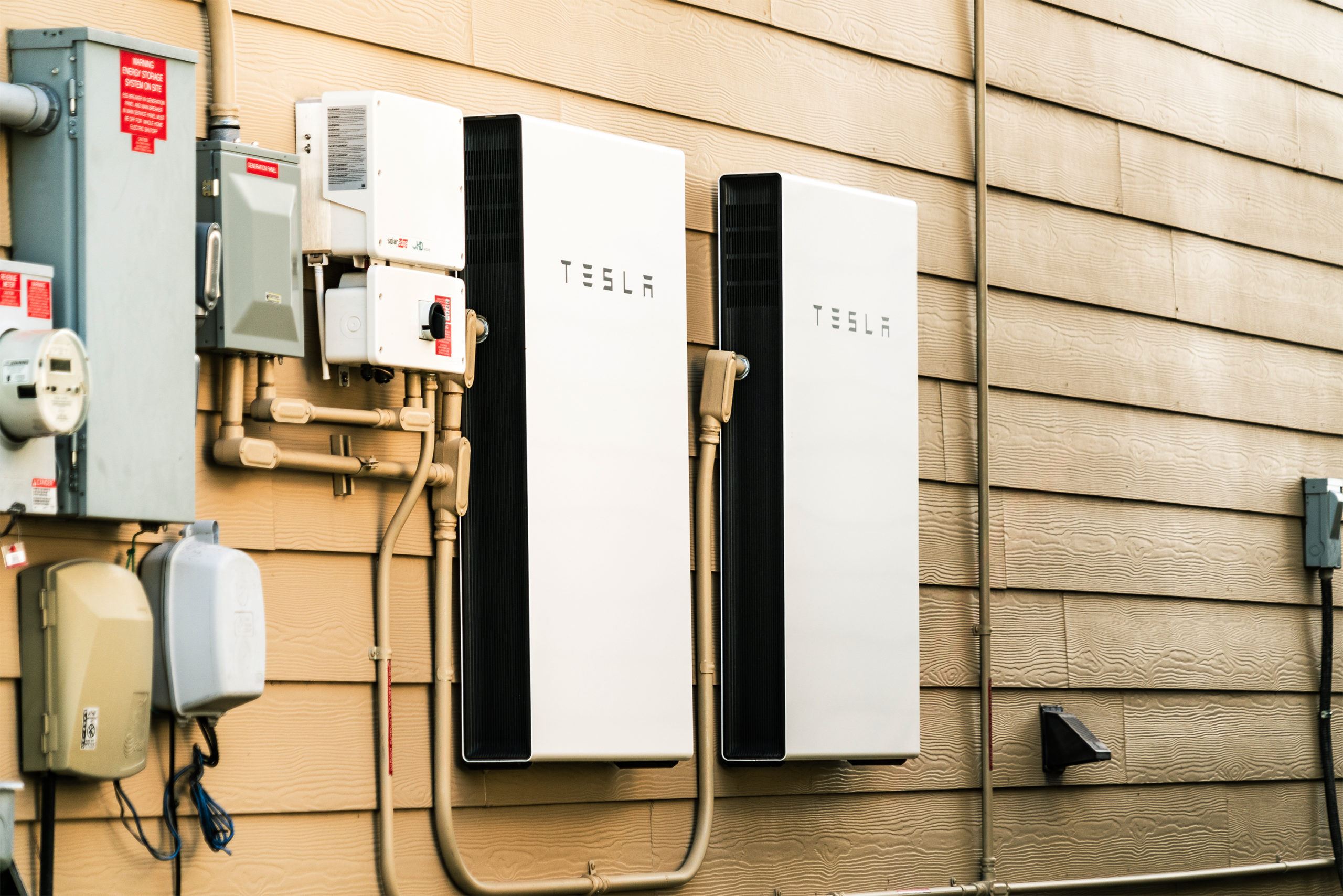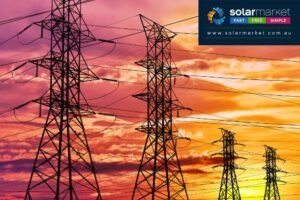Last updated May 2025
As Australia continues its shift to cleaner, smarter energy, Virtual Power Plants (VPPs) are playing a bigger role than ever. In 2025, several major updates, government-backed incentives, and new programs are reshaping how VPPs operate across the country.
If you’re new to VPPs and want a full explanation of how they work, see our complete guide to Virtual Power Plants in Australia.
WA Leads the Way with Project Jupiter
One of the most significant developments in the Virtual Power Plant Australia 2025 landscape is Project Jupiter in Western Australia. This $108 million, three-year initiative launched in January 2025 and builds on the success of Project Symphony.
Key goals include:
- Accelerating integration of rooftop solar and batteries into WA’s energy grid
- Making all new solar and battery systems VPP-ready by 2028
- Supporting smarter, more stable power delivery across the state
Project Jupiter WA is a major step toward a connected, decentralised energy future.
New South Wales Expands Battery Rebates and VPP Access
In NSW, homeowners can now access generous battery incentives under the Peak Demand Reduction Scheme. These include:
- $1,600 to $2,400 off the upfront cost of a battery
- Additional $250–$400 VPP incentives for connecting your battery to the grid
- The VPP incentive is claimable twice (minimum three years apart)
These VPP incentives in 2025 are designed to reduce pressure on the grid during peak periods and reward households for supporting energy stability.
Victoria Offers More VPP Choices
Victorians now have more options than ever to join a VPP. Programs vary depending on:
- Battery compatibility
- Solar feed-in tariff rates
- Export limits and grid support rules
Some providers offer discounted hardware, others focus on higher energy buyback rates. If you’re in VIC, now’s the time to compare.More Installers and Retailers Offering VPPs
More Installers and Retailers Offering VPPs

The Virtual Power Plant news in Australia also includes increased adoption by solar installers and electricity retailers. Brands like Tesla, Discover Energy, Amber, Sonnen, and others now offer VPP participation with new or existing battery systems.
Common benefits:
- Reduced cost of entry
- Ongoing savings via time-based energy trading
- Real-time monitoring apps to track earnings and usage
Greater Transparency and Control for Households
In 2025, many VPP providers have improved their software and apps, giving users:
- Insight into when their battery is charged or discharged
- Live data on energy earnings and savings
- Clearer terms around backup power usage and grid control
This increased transparency is helping more Australians feel confident about joining a VPP.
Final Thoughts: Is a VPP Right for You in 2025?
If you’re considering battery storage, joining a Virtual Power Plant in Australia in 2025 could significantly reduce costs and increase returns.
But it’s essential to:
- Understand how your battery will be used
- Compare program terms and incentives
- Consider whether backup power during outages is a priority for you
For a full breakdown of how Virtual Power Plants work and which programs are available in your state, visit our main Virtual Power Plant guide.










